Art and architecture unite in new works by Cyprien Gaillard at London’s Sprueth Magers
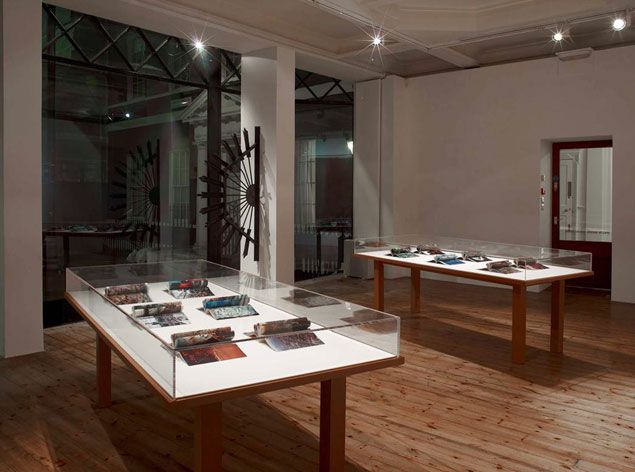
The collision of art, architecture, longing and loss is never more pertinent than in the new exhibition of work by Cyprien Gaillard at the Sprueth Magers gallery in London. The French-born, Berlin-based Gaillard has made a name for himself chronicling what he calls the 'beauty of failure', finding objects that have a lingering folk memory of a particular time or place, re-imagining the casually discarded detritus of modern life.
Gaillard's work is shown alongside a selection of Morris Louis' Color Field paintings, chromatically rich images from the early days of American abstraction that seem to tally with his own collages, abstractions and repurposings. Gaillard has also used the late American artist's life as a jumping off point for his work, creating rubbings of manhole covers from Louis' home city of Baltimore, then blending the results with covers from Washington, creating a strange, ad-hoc fusion of different times and spaces.
'Fence (after Owen Luder)' is the exhibition's centrepiece, a fragment of a once mighty concrete icon placed reverentially on a column in the gallery, crushed and abstracted by the demolition of the structure that surrounded it, the Trinity Square car park in Gateshead. For Gaillard, Luder is emblematic of the travails of post war modern architecture. The British architect's practice was unashamedly modern, yet the forms and buildings that resulted from his concrete aesthetic were frequently pilloried for being antagonistic and pugilistic, a visual affront to the existing streetscape. Where Luder and his supporters (who, it must be said, were mostly architects as well) saw idiosyncratic delight in the playful arrangement of forms, beautiful shuttering, elegant proportions and dramatic changes in scale, detractors saw rain soaked, lumpen brutalism.
Trinity Square was demolished in 2010, while one of Luder's earlier masterpieces, the fantastically complex Tricorn Centre in Portsmouth, gave way to the bulldozers in 2004. It's safe to say that Luder's lost oeuvre is still unmissed by the general population, implying that brutalism is a genre doomed to eventual obscurity. Gaillard's work embraces these contradictions between utopian modernism and failed reality, the romance of absence and the beauty they leave behind in memory.
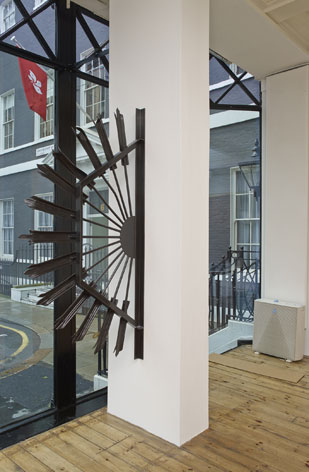
'Fence (after Owen Luder)',2013, is the exhibition's centrepiece, placed reverentially on a column in the gallery

The piece is a bronze replica of a security structure that Gaillard salvaged from British architect Owen Luder's Trinity Square car park in Gateshead (pictured), which was demolished in 2010
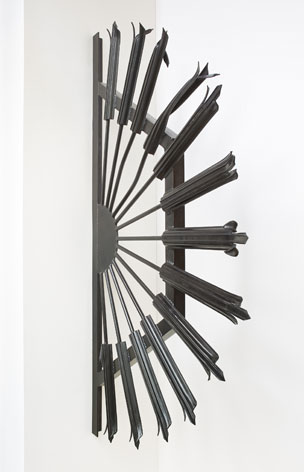
A close-up of 'Fence (after Owen Luder)'
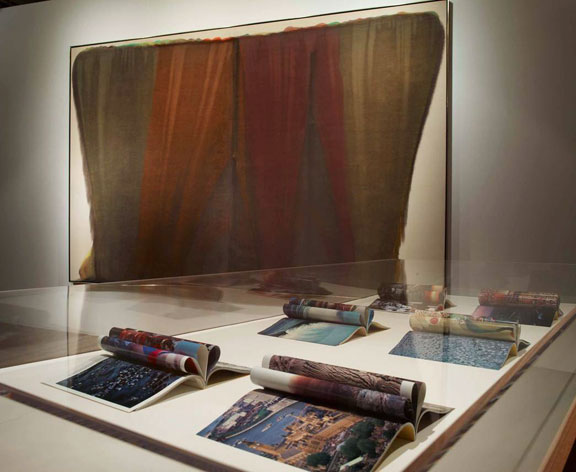
Gaillard's work is shown alongside a selection of Louis' Color Field paintings on the walls, chromatically rich images from the early days of American abstraction that seem to tally with his own collages, abstractions and repurposings (pictured in the foreground)
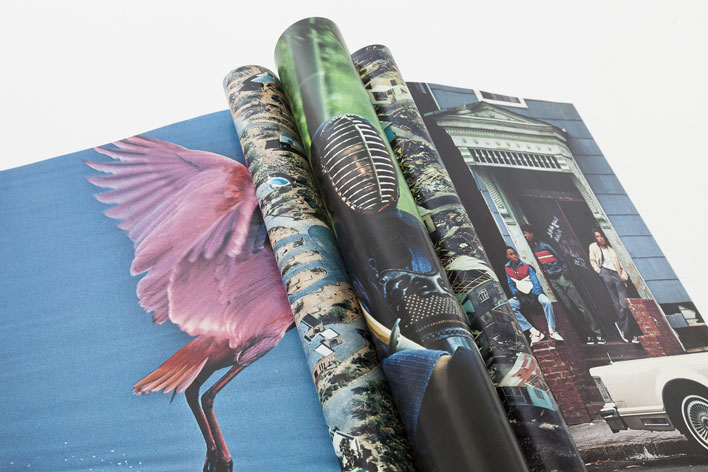
A close-up look at Gaillard's collages made from pages of reconstructed National Geographic magazines, displayed in vitrines in the centre of the gallery
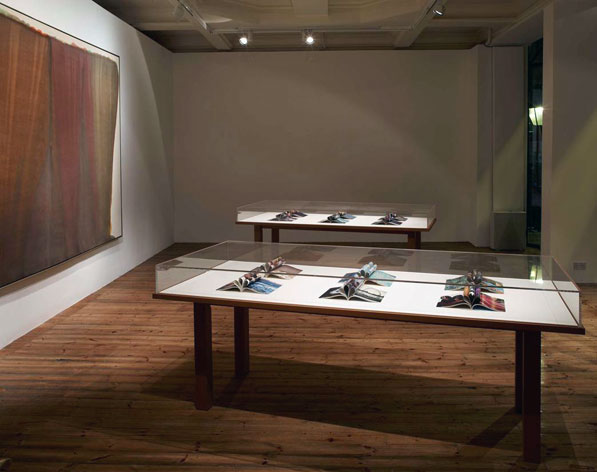
Installation view of 'From Wings to Fins'
ADDRESS
Sprueth Magers London
7A Grafton Street
London W1S 4EJ
Receive our daily digest of inspiration, escapism and design stories from around the world direct to your inbox.
Jonathan Bell has written for Wallpaper* magazine since 1999, covering everything from architecture and transport design to books, tech and graphic design. He is now the magazine’s Transport and Technology Editor. Jonathan has written and edited 15 books, including Concept Car Design, 21st Century House, and The New Modern House. He is also the host of Wallpaper’s first podcast.
-
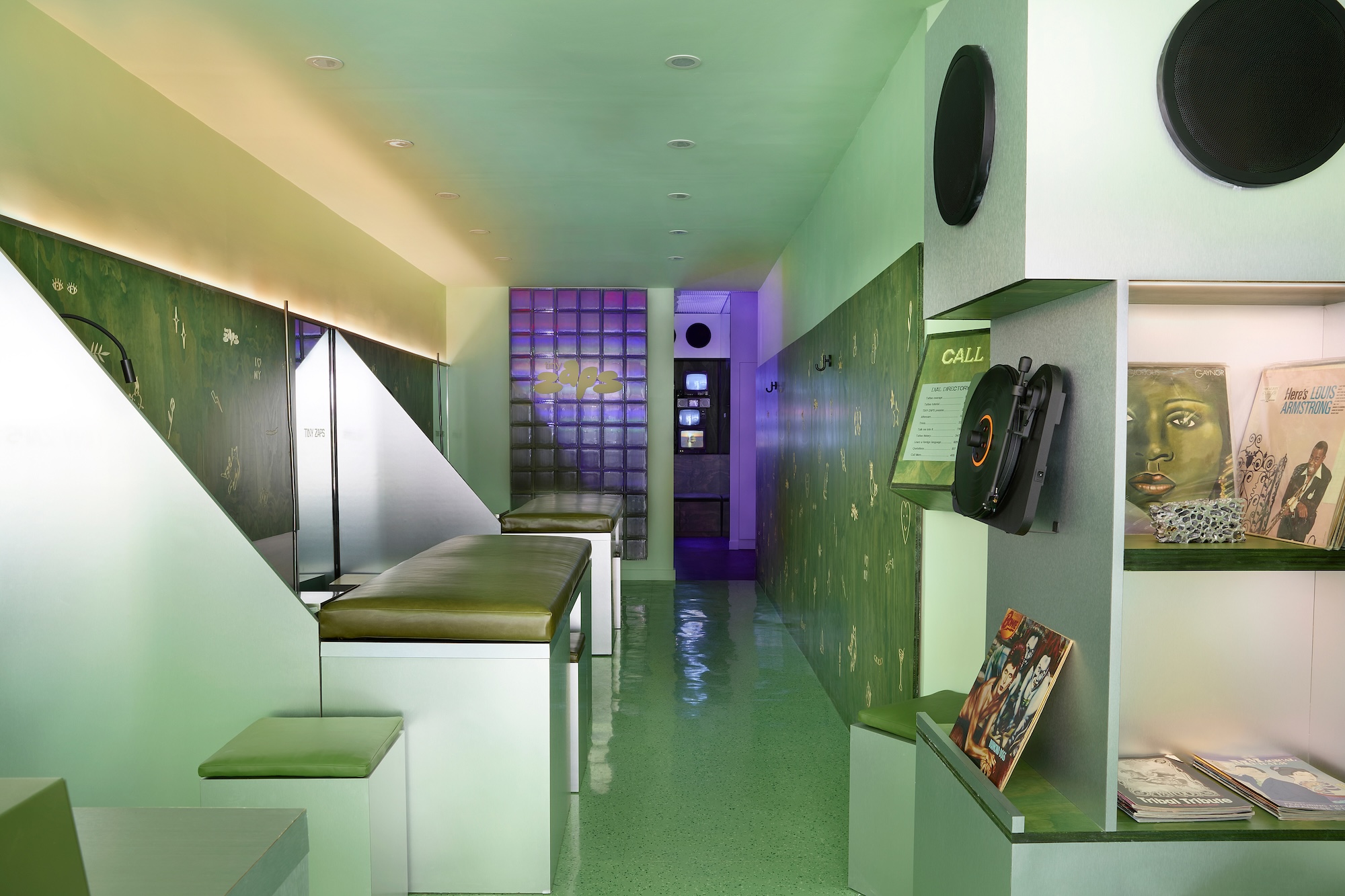 Terrified to get inked? This inviting Brooklyn tattoo parlour is for people who are 'a little bit nervous'
Terrified to get inked? This inviting Brooklyn tattoo parlour is for people who are 'a little bit nervous'With minty-green walls and an option to 'call mom', Tiny Zaps' Williamsburg location was designed to tame jitters
-
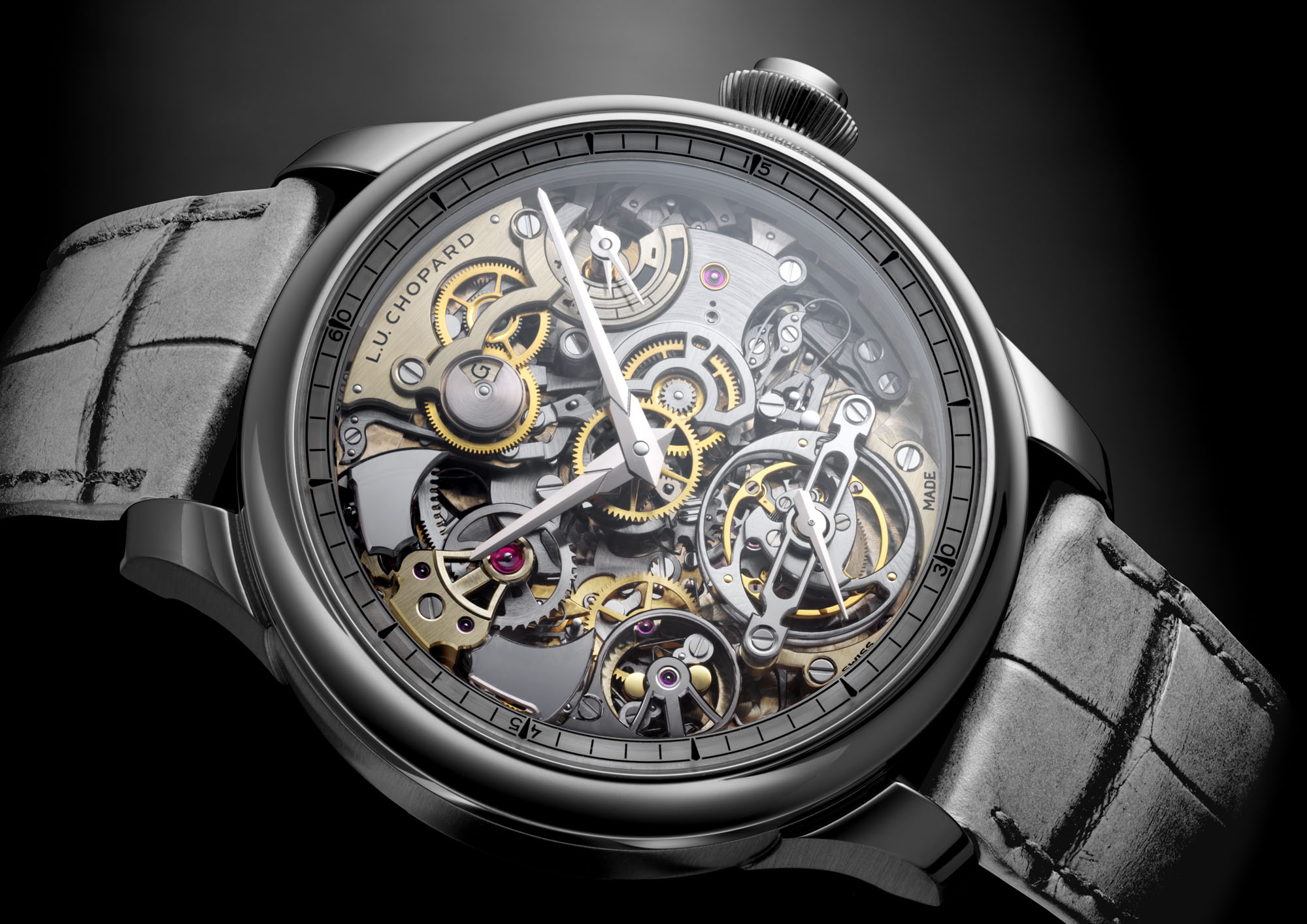 Let’s hear it for the Chopard L.U.C Grand Strike chiming watch
Let’s hear it for the Chopard L.U.C Grand Strike chiming watchThe Swiss watchmaker’s most complicated timepiece to date features an innovative approach to producing a crystal-clear sound
-
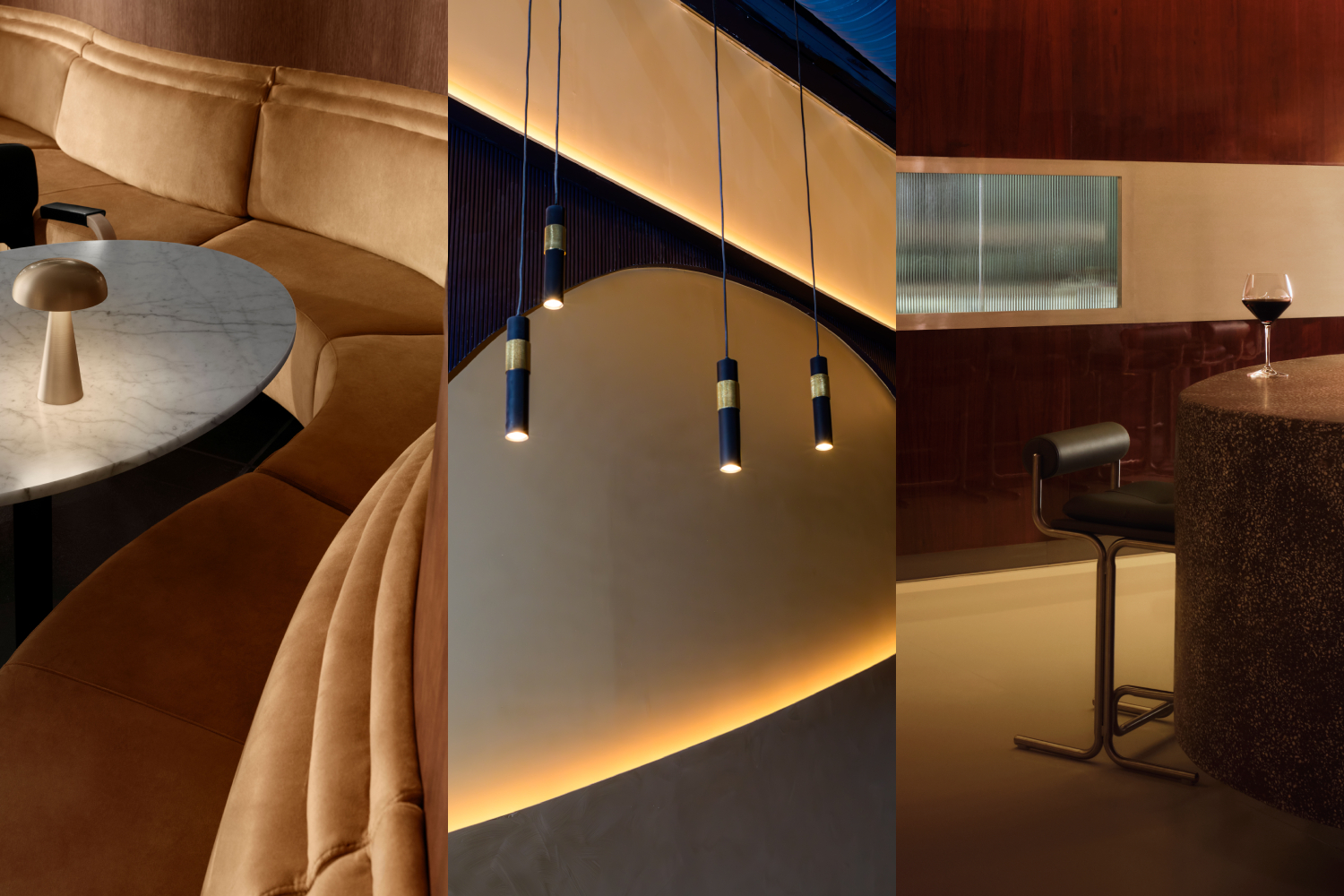 Form... and flavour? The best design-led restaurant debuts of 2025
Form... and flavour? The best design-led restaurant debuts of 2025A Wallpaper* edit of the restaurant interiors that shaped how we ate, gathered and lingered this year
-
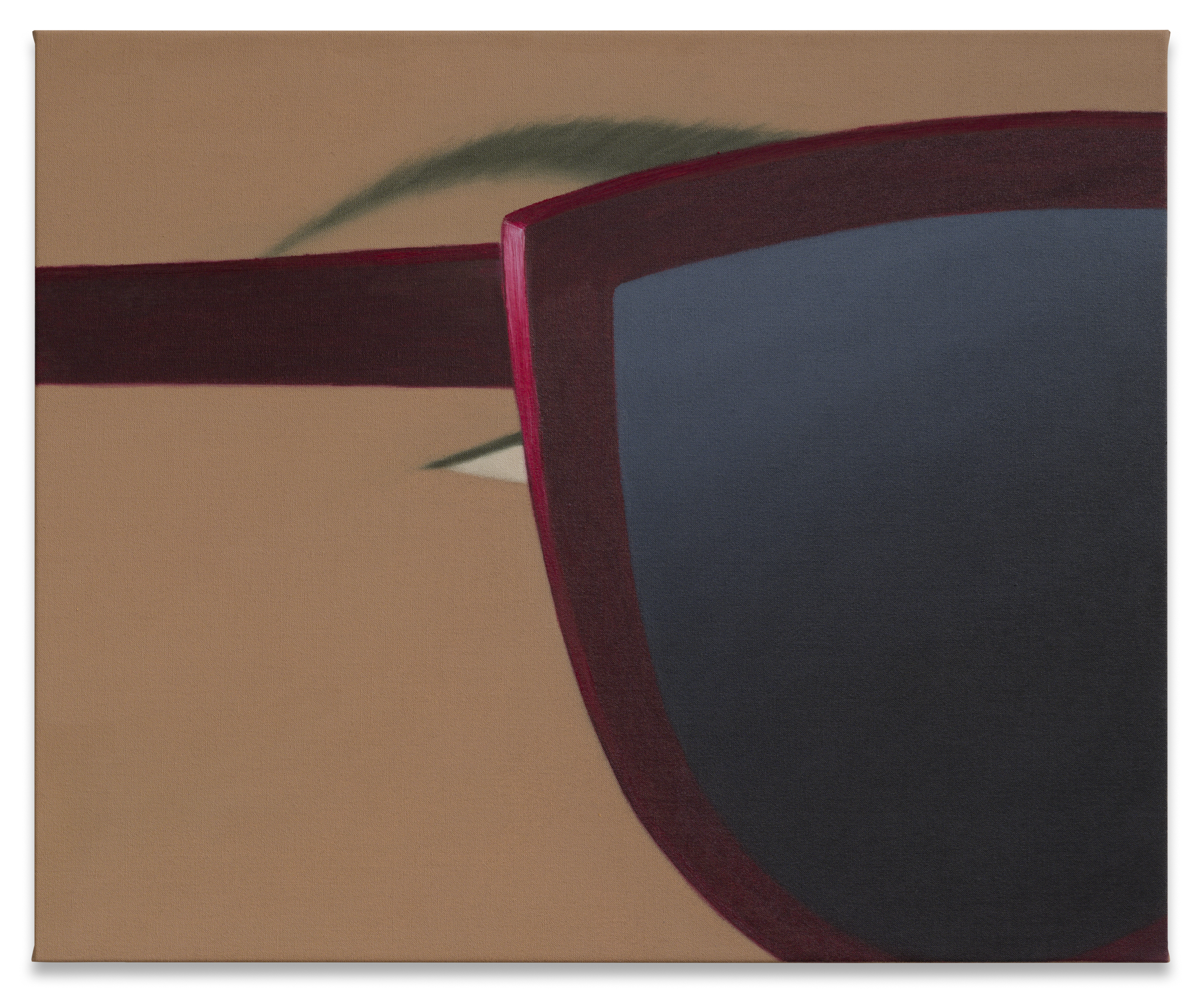 What's the story with Henni Alftan’s enigmatic, mysterious paintings? The artist isn’t saying
What's the story with Henni Alftan’s enigmatic, mysterious paintings? The artist isn’t sayingParis-based artist Henni Alftan's familiar yet uncanny works are gloriously restrained. On the eve of a Sprüth Magers exhibition in Berlin, she tells us why
-
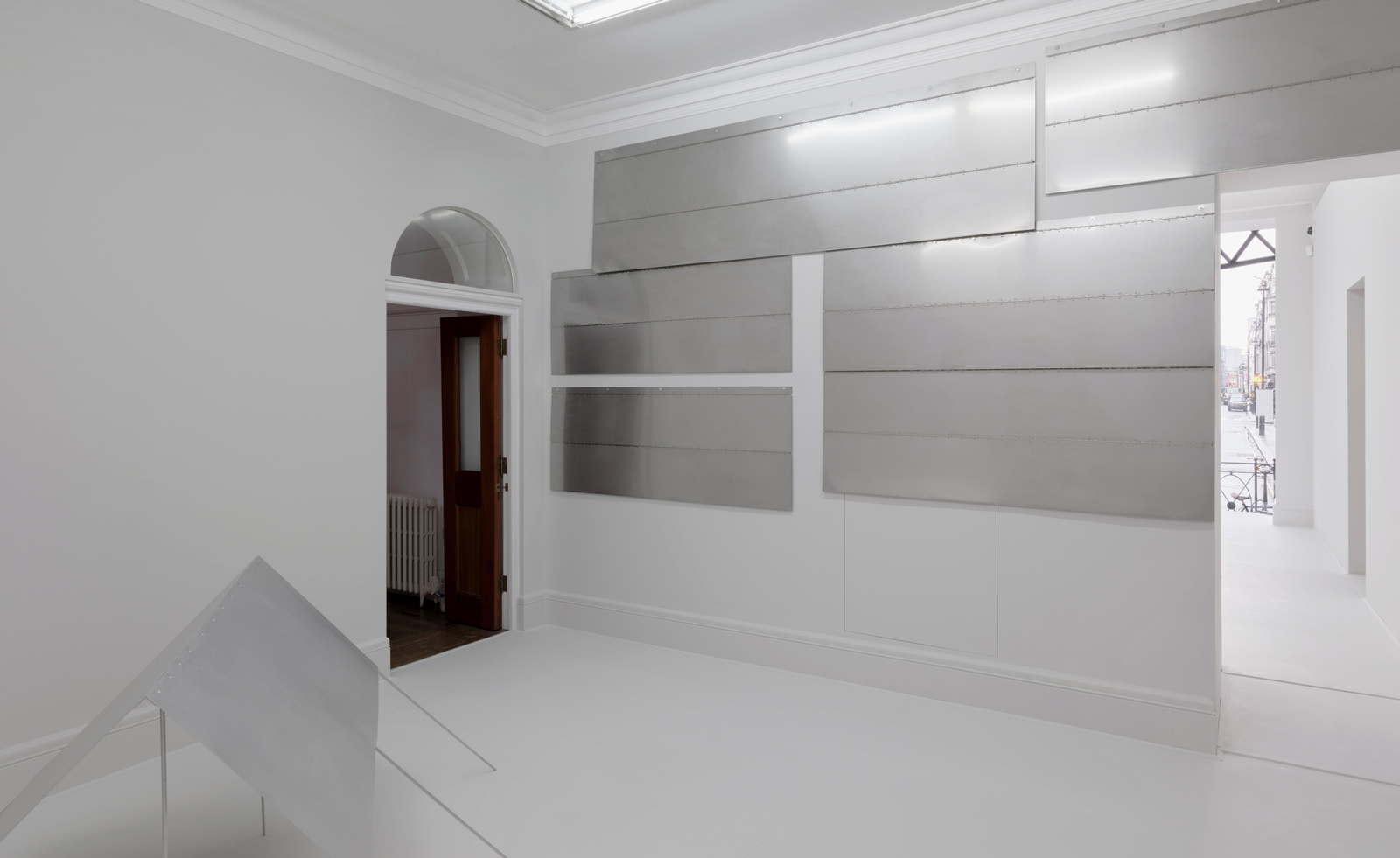 Don’t miss: Thea Djordjadze’s site-specific sculptures in London
Don’t miss: Thea Djordjadze’s site-specific sculptures in LondonThea Djordjadze’s ‘framing yours making mine’ at Sprüth Magers, London, is an exercise in restraint
-
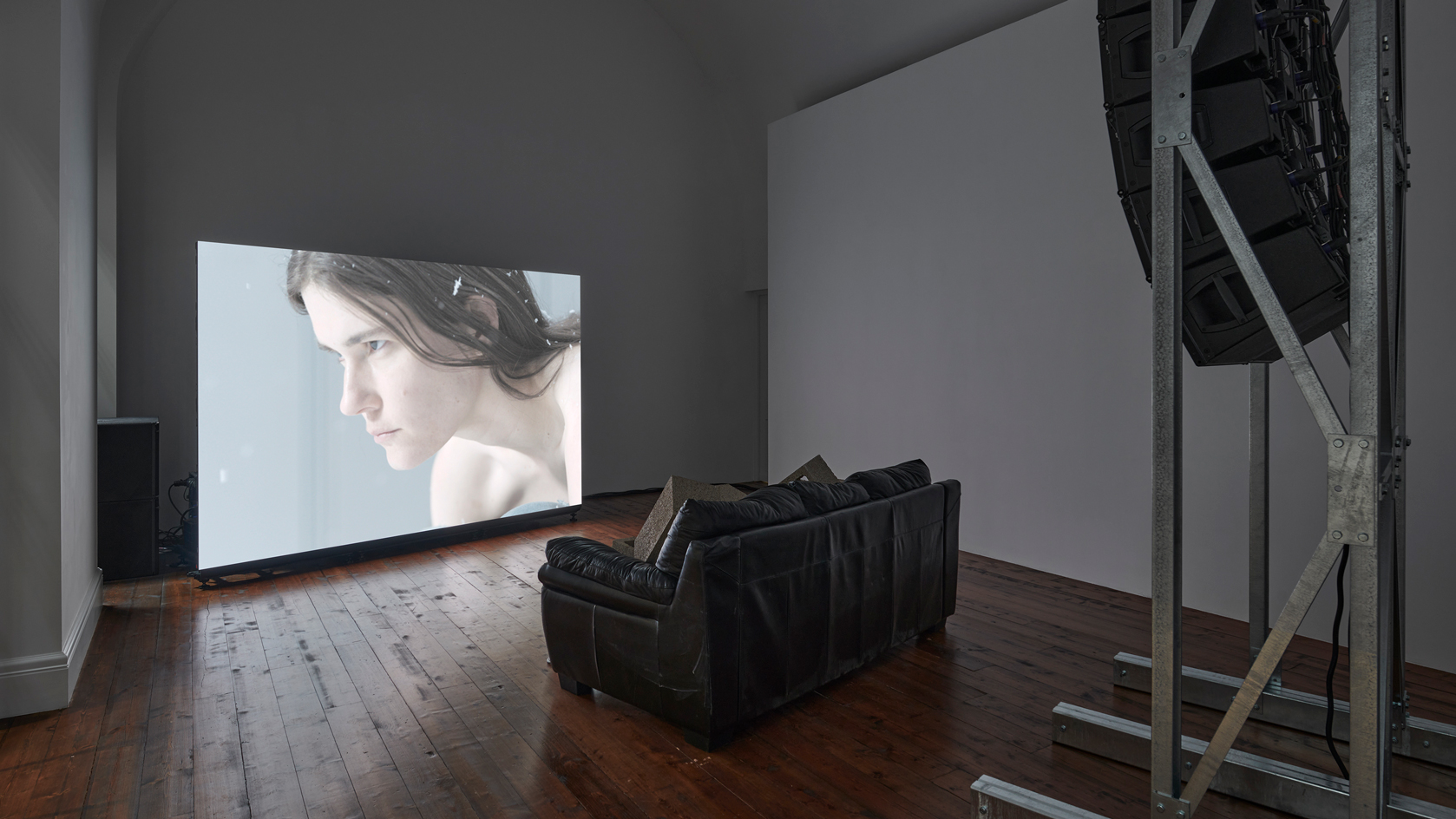 Anne Imhof ‘Avatar II’ review: a psychological thriller to make you wince and wonder
Anne Imhof ‘Avatar II’ review: a psychological thriller to make you wince and wonderGerman artist Anne Imhof’s ‘Avatar II’ exhibition at London’s Sprüth Magers is a compelling, uncanny probing of contemporary culture, reality and artifice
-
 Cao Fei’s dystopian fantasies fuse art and technology
Cao Fei’s dystopian fantasies fuse art and technologyChinese artist Cao Fei’s dystopian art tackles themes such as the automation of labour, hyper-capitalism and the effect of a global pandemic. Having just completed her first major solo show in Beijing, the prolific winner of the 2021 Deutsche Börse Photography Foundation Prize is going global, with her retro-futuristic take on contemporary life now the subject of exhibitions from Los Angeles to Rome, and a 20-page portfolio for Wallpaper*
-
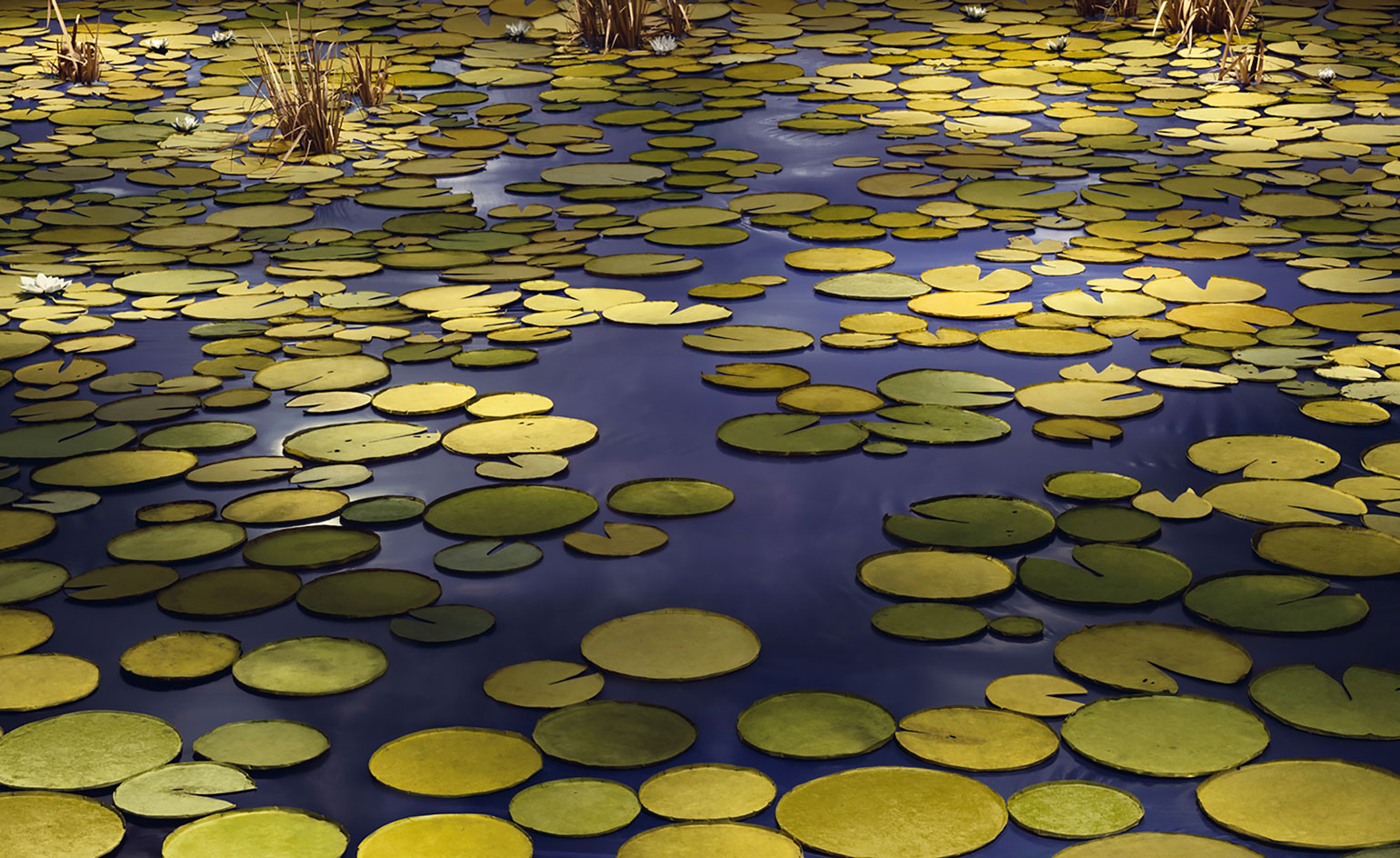 Thomas Demand: artificiality, nature and Azzedine Alaïa
Thomas Demand: artificiality, nature and Azzedine AlaïaAt Sprüth Magers London, German sculptor and photographer Thomas Demand explores the tensions between artificiality and nature, and steps inside the atelier of legendary Tunisian couturier Azzedine Alaïa
-
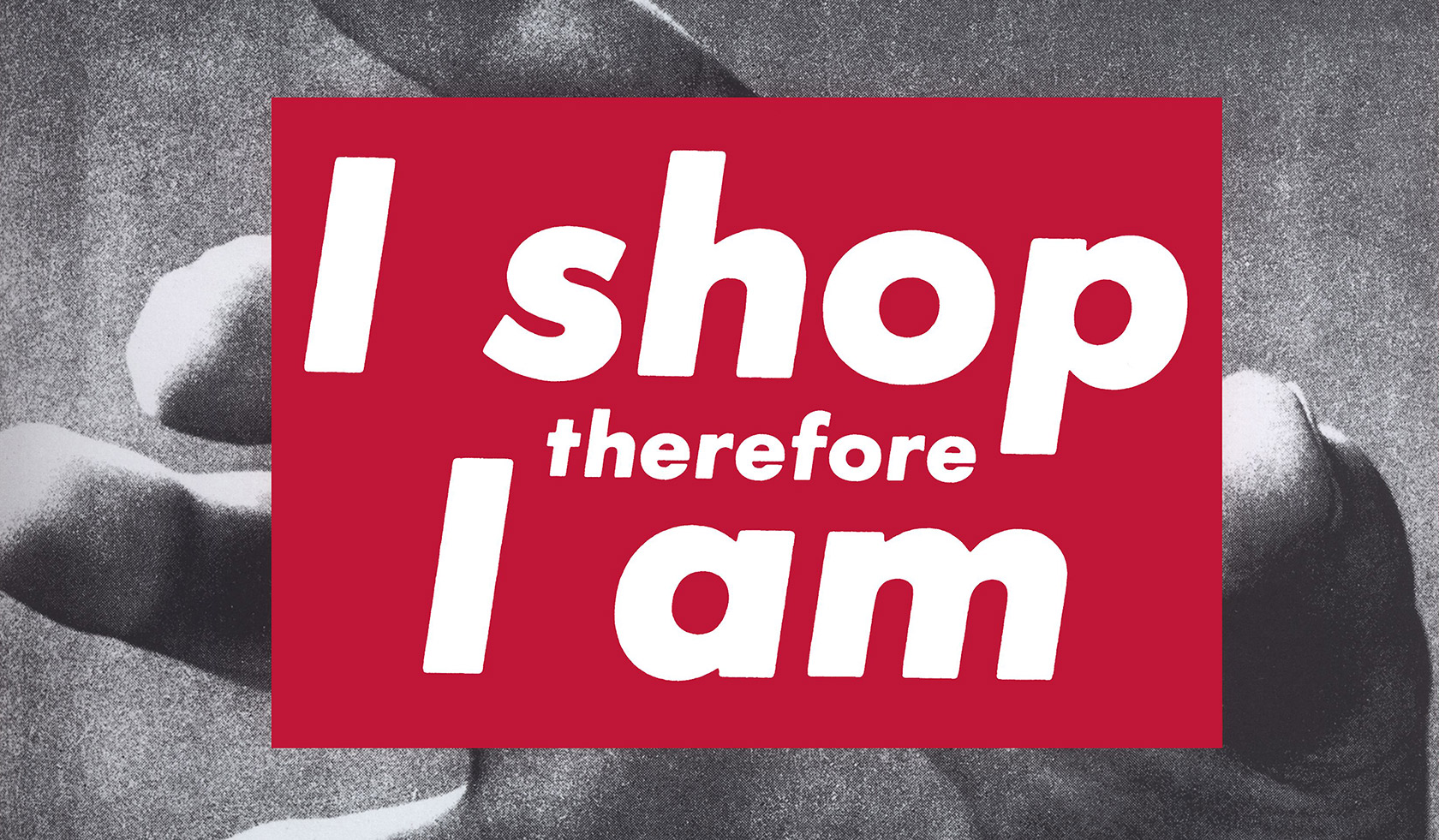 A bold social commentary since the 1970s, Barbara Kruger’s art is as incisive as ever
A bold social commentary since the 1970s, Barbara Kruger’s art is as incisive as everFor our December 2010 Entertaining Issue (W*141), we sat down with American conceptual artist Barbara Kruger to discuss message-making, the art market, and her agitprop commentaries on gender, race, consumerism, identity and more
-
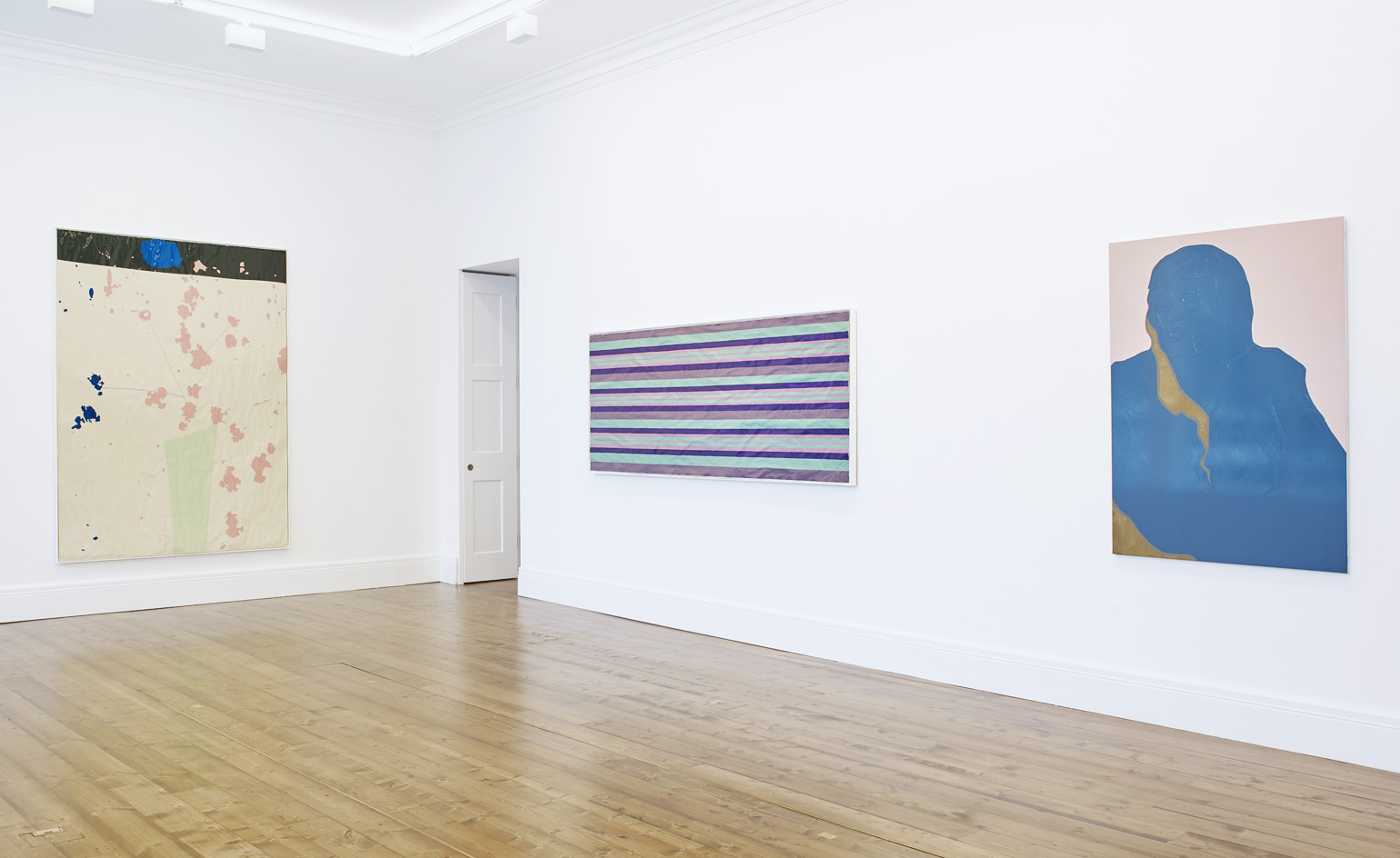 Gary Hume keeps it in the family at Sprüth Magers’ newly revamped London gallery
Gary Hume keeps it in the family at Sprüth Magers’ newly revamped London gallery -
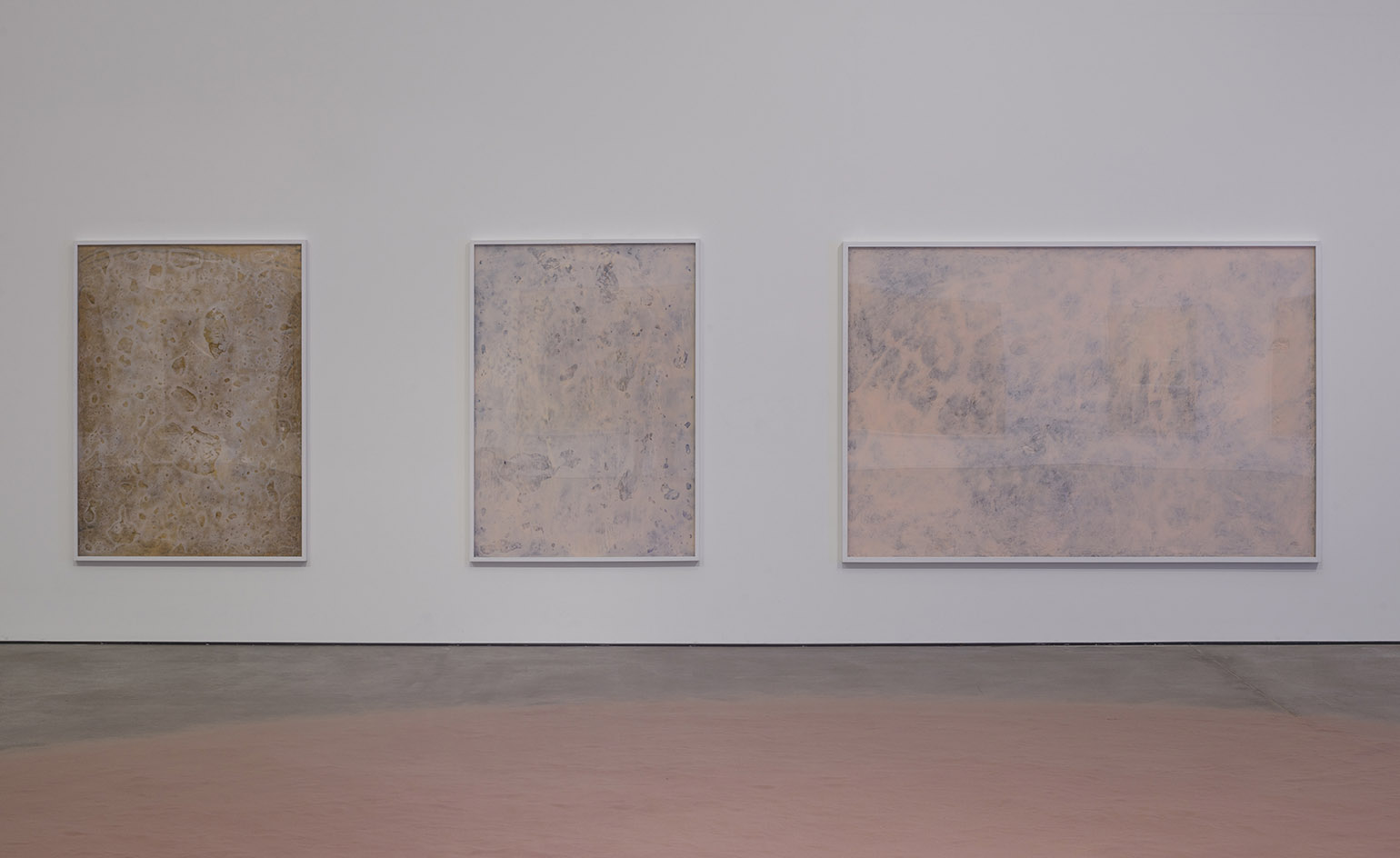 Common scents: Pamela Rosenkranz’s latest exhibition is right on the nose
Common scents: Pamela Rosenkranz’s latest exhibition is right on the nose